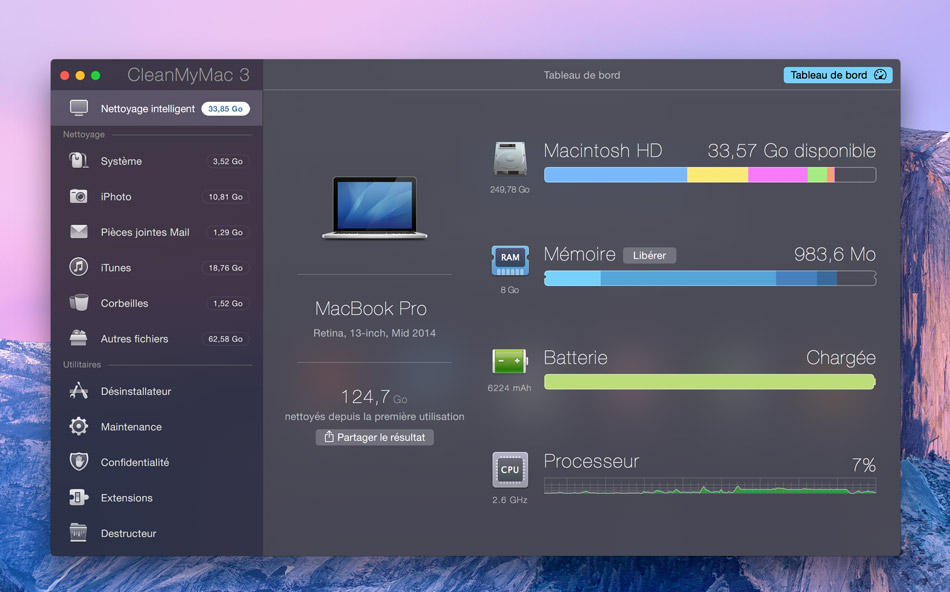

After you've made the symbolic link, you can perform an operation on or execute myfile, just as you could with the source_file. The ln command then creates the symbolic link. Replace myfile with the name of the symbolic link. Replace source_file with the name of the existing file for which you want to create the symbolic link (this file can be any existing file or directory across the file systems). To create a symbolic link in Unix, at the Unix prompt, enter: ln -s source_file myfile Also, when you delete a target file, symbolic links to that file become unusable, whereas hard links preserve the contents of the file. This difference gives symbolic links certain qualities that hard links do not have, such as the ability to link to directories, or to files on remote computers networked through NFS. SymLinker can be installed on Mac OS X 10.7 or later. The unique identifier for this apps bundle is jossgray.SymLinker. Linux/OSX (option 1): Create a symlink to /usr/bin, which is already on.
Symlinker mac tuto exemple for mac#
Run the ln command in the following form. Download SymLinker 1.0.2 for Mac from our website for free. For example, adding a new dependency usually involves only 5 extra lines in the.

Navigate to Finder > Applications > Utilities > Terminal to launch Terminal. Press Command+Space, type Terminal, and then press Enter to open Terminal from Spotlight search. It simply points to another entry somewhere in the file system. To create a symbolic link on a Mac, you’ll need to use the Terminal app. Unlike a hard link, a symbolic link does not contain the data in the target file.

A symbolic link, also termed a soft link, is a special kind of file that points to another file, much like a shortcut in Windows or a Macintosh alias.


 0 kommentar(er)
0 kommentar(er)
